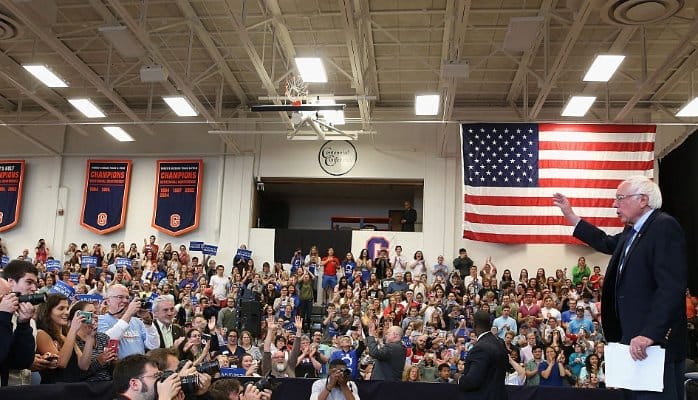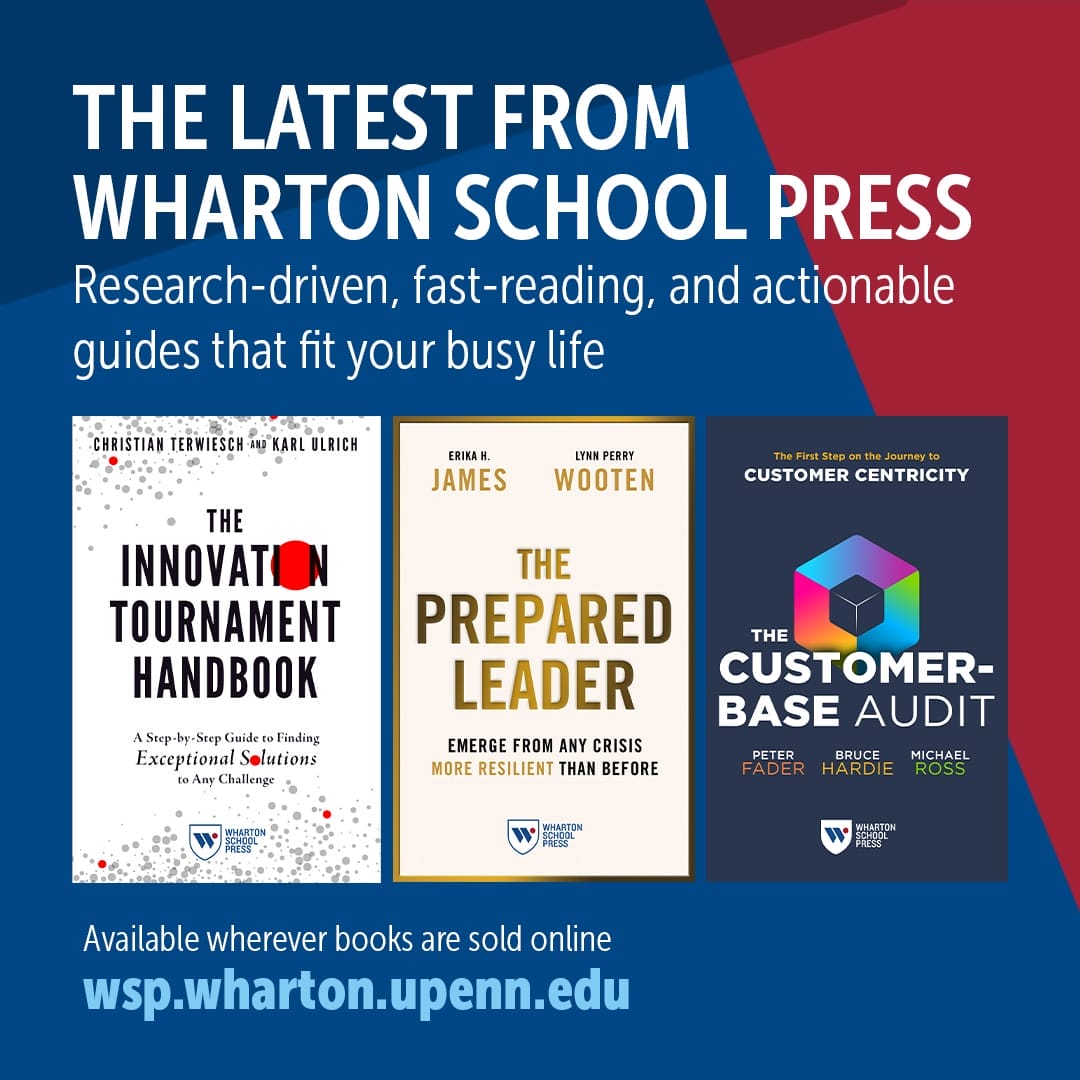When Bernie Sanders talks about free college education, it reminds me of the long gone Australian socialist utopia I grew up in — when my undergraduate education was indeed completely free. Now I am dean of the Wharton School with the only undergraduate business program in the Ivy League, where the fully loaded sticker price of a four-year degree (including room and board as well as tuition) approaches a quarter of a million dollars. How does the old Joni Mitchell song go? “I’ve looked at life from both sides now.”
When it comes to college affordability and student debt, I actually think there is a lot America could learn from how Australian students pay for their university education today. There is also considerable misunderstanding about the affordability of an Ivy League education.
Here are the two bottom lines:
- There is a better way than the current federal loans system for students to pay back the cost of public college and universities — progressively taxing students for the costs of their education after they graduate.
- An Ivy League education (and those other high sticker price private colleges and universities) is much more affordable than most people think, because of the high fee (for those who can afford to pay) and high aid (for those who can’t) financial model all the Ivies and other leading private colleges and universities practice.
Let’s start with #FeelTheBern. America gives all its children free K-12 education. In the 21st century a high school diploma is not enough. College education is out of reach expensive and student debts are a lifelong lodestone. So let’s make college free, too, and make Wall Street pay for it.
The rhetoric is seductive. But scratch the surface and real cracks emerge.
To offset substantial declines in direct state support for public colleges and universities since the financial crisis, their tuition has gone up dramatically. The University of Pittsburgh leads the way at over $18,000 per year, with the University of California system weighing in at nearly $13,000. The average for all public colleges and universities is over $9,000, according to US News.
Sanders, who has yet to formally concede to the presumptive democratic presidential nominee Hillary Clinton, estimates the tax increase needed to pay for this is over $70 billion a year. To raise the money, he proposes taxing investment transactions at 0.5%. People close to the financial system, not to mention a lot of economists, think this is a bad idea because it could put downward pressure on the stock market at a time when returns on all our 401(k)s are worryingly low.
There are broader concerns about Sanders’ plan that focus on the students themselves. Many people believe there should be at least some “user pays” element to higher education, both because the benefits are concentrated on a considerably smaller portion of the population than is true for K-12, and because asking students to shoulder some of the financial burden of their education would mitigate the perpetual student/low degree completion problem that plagues many free-university countries around the world. At least as important, “free college for all” would help the 1% just as much as the 99%. Access to “free” could of course be means tested, which in essence is what the current system of Pell grants does.
The Australian system of the Higher Education Contribution Scheme (HECS) doesn’t have these problems. Tuition levels Down Under today are comparable with those in-state students are charged at American public colleges and universities, with Austudy the Australian equivalent of Pell grants.
But how students handle debt is very different. The problems with truly free higher education — perpetual students, rising budget deficits, upper middle class welfare — led Australia to replace the system I studied under with HECS 25 years ago. The federal government pays universities directly the tuition for every Australian resident they educate, which means “zero cash up front” for admitted students.
This payment then becomes the “HECS debt” obligation of each student — with a bigger debt for degrees that tend to lead to higher paying jobs like business and law and less debt for priorities areas like STEM. Unlike American student loans, Australian students are not charged interest on their HECS debt but it is indexed to inflation.
After they graduate, Australian students only begin to repay their HECS debt when their salary reaches a threshold figure that is close to median household income. This automatic and there is no possibility of non-payment or partial payment. The reason is that the government treats HECS payments as a tax line in your pay check.
Repayment schedules are progressive — the more you earn after graduation, the more quickly you pay the government back what you owe for your education. If your salary just meets the threshold, you are “taxed” 4% of your income each year until you pay off all your debt, which could take well over a decade. If you earn twice as much, the annual repayment is 8% and you would pay for your education in one quarter of the time. If your income never reaches the national median, your education is free and you never have to pay it back.
“Free” is probably “fair” for people who try, but cannot find a good job. But it is a “rort” in Australian vernacular (what Americans might call a scam) if you don’t enter the workforce for other reasons — such as coming from a rich family or having a high income spouse.
You can also avoid HECS by leaving Australia because then you don’t have to pay Australian taxes. Estimates suggest, however, that the total HECS “leakage” is only about 10%— that is, 90% of all HECS debt is paid back to the government. That is far better than the estimated 40% of American student loans at default risk.
America tends not to like “it is done better in country x” policy proposals (think: Canada and healthcare). But might not HECS be an attractive Aussie import like Nicole Kidman and Hugh Jackman?
Maybe, but there is a big obstacle to overcome. In Australia, you only pay one tax bill, to the federal government, which also runs higher education. The financing of higher education is a fully federal responsibility. In the U.S., we pay federal and state taxes, and public universities are run by states not by Washington.
Australia is just a more centralized country than the U.S. Even Sanders hasn’t proposed a federal takeover of our public colleges and universities. But there might be a half-way house. Washington would have to pay states to educate their residents and the IRS would have to collect the “HECS debt.”
Difficult? Certainly. But better than Sanders’ plan I think. And it would have the added advantage of allowing students to study in states other than where they are resident — currently public universities treat students from other states like foreigners, and charge them the full market price. Seems a bit un-American to me.
Now let’s shift gears. The U.S. is unique in having a vibrant private not-for-profit higher education sector sitting alongside the public colleges and universities. One big difference: the privates don’t receive any direct state or federal funding. As a result, they tend to rely more heavily on tuition than the public ones do.
But this generalization requires a very important qualification. The sticker shock you get when you look up “tuition” at leading private universities is a long way from the reality their students experience. The clear ethos is that the most talented students should be able to get an Ivy League education, not just those with the ability to pay. The strongest form of this commitment, practiced by most of the Ivies including the University of Pennsylvania, is needs-blind admission coupled with all-grant financial aid.
How can this be achieved? Charge the full tuition price to those who can afford it. Offer very generous financial aid to those who cannot. Redistribute some tuition revenue to do this, but build philanthropic endowments and other non-tuition revenue streams to balance the books.
Here’s how it works in practice, according to Collegedata.com. The average grant given by Ivy League universities to the roughly half of their undergraduate students who qualify for financial aid is over $40,000 per year — nearly two-thirds of the total cost of attendance. Criteria for aid eligibility vary across institutions, but the cut off in terms of annual family income tends to be above $200,000, meaning more than 95% of American families are eligible.
Undergraduates who receive financial aid still borrow to attend the Ivy League, but their average debt on graduation, that is after four years of school, is estimated by Collegedata.com at $17,000 — a small portion of the grants they receive while studying and an even smaller fraction of the total four-year costs of attendance.
Over the past decade the Ivies have greatly increased their financial aid and, as a result, the debt aided students incur. This is a very long way from the breathy headlines about out of control costs and student debt that tend to be targeted at the most “expensive” colleges and universities.
The Ivies aren’t as diverse as they would like to be. Part of the problem is no doubt sticker shock. Many students and their families don’t even apply because they don’t think they could ever pay to attend. We need to do a better job of explaining just how the high fee/high aid model works.
But if you think about it, this model has very similar properties to Australian HECS. Students are admitted on the basis of ability. The effective price of their education is indexed to their means (up front in the Ivies, after graduation in Australia). Students aren’t deterred from accepting offers of admission for financial reasons. Very different systems, very similar underlying ethos.
Sanders’ idealism has no doubt raised some issues that merit more prominence on the political agenda. College affordability is one. His ideas might be too naïve and simplistic, but it is up to others to work up practical solutions to the challenges he makes. Sometimes, the answers may come from seemingly strange places, as far apart at Philadelphia, my new home, and Canberra, where I grew up.
Editor’s note: This article was originally published on LinkedIn on June 30, 2016.


























